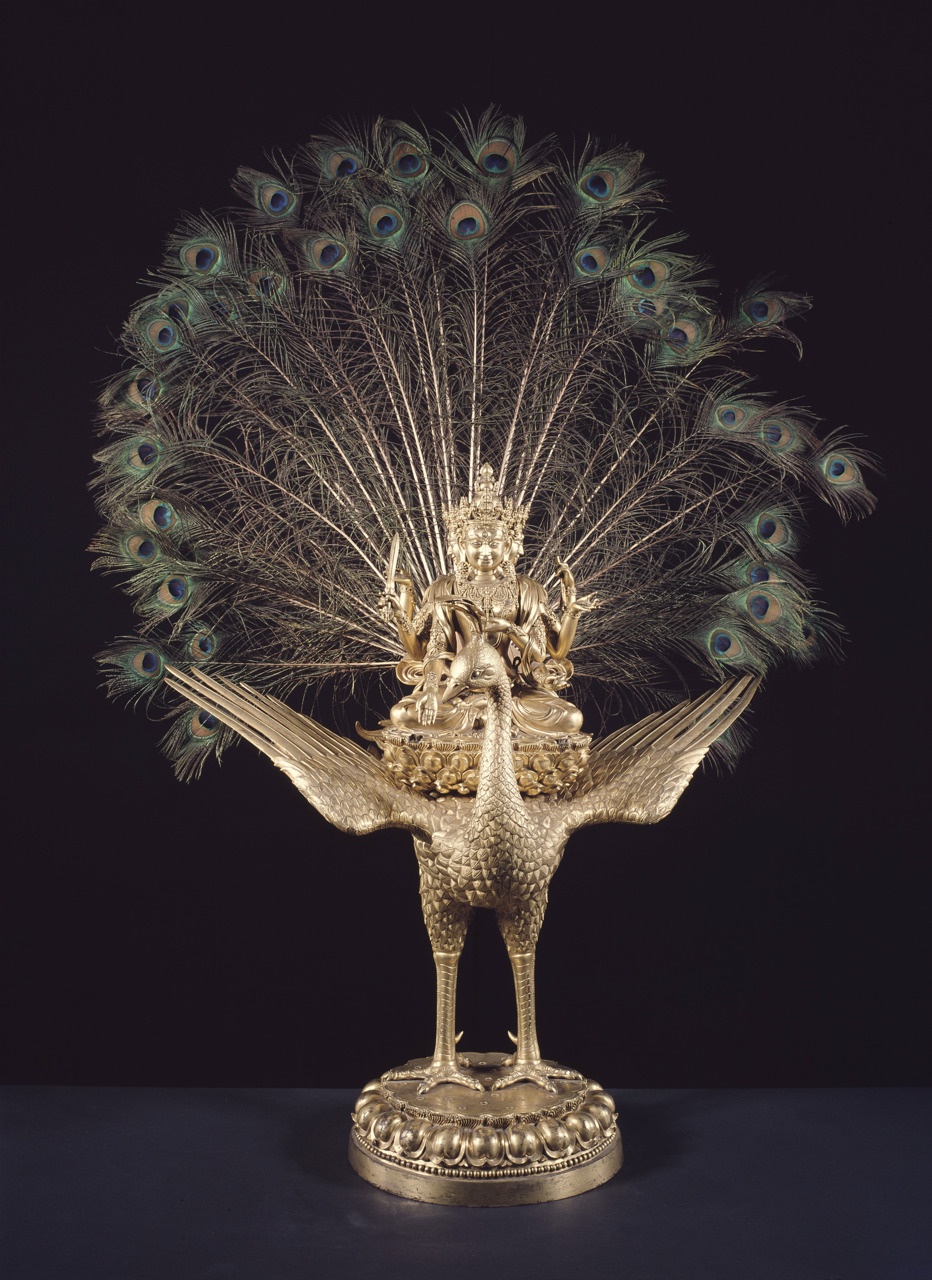Ancestors, Goddesses, Heroes
{{ time.start_TS | TS2dateFormat('MMM') }}
{{ time.start_TS | TS2dateFormat('YYYY') }}
| Free admission |
| 3rd floor |
Since time immemorial, humans have created objects to which they attributed superhuman powers. Depictions of ancestors, goddesses, and heroes were helpful in overcoming personal or collective crises. Over thousands of years and across continents, a diversity of creativity emerged, which continues to fascinate to this day.
But can the powers of a figure survive in the exhibition space – divorced from their cultural, religious, and political contexts? What values and virtues do the objects reflect? And what links the different objects together?
The exhibition explores these questions, while also addressing the definatory power of museums. Its starting point are the collections of the Ethnologisches Museum and the Skulpturensammlung as well as the Museum für Byzantinische Kunst of the Staatlichen Museen zu Berlin. Based on forty-five selected objects from the fourth to the nineteenth centuries, the show demonstrates how museological ordering systems and ways of presentation contribute significantly to how the works are perceived and evaluated.
While some objects were elevated to the status of artworks, other pieces shown in this exhibition were rather considered ritual objects. Colonial ways of thinking were responsible for hierarchising cultures, and the ordering systems of museums provided rigid classifications. Such categorisations obscured the view of cultural connections and contexts.
The exhibition seeks to break up those forms of ordering, highlight similarities, and get to the bottom of the original contexts of meaning. The violence of colonial appropriations is reflected in the still incomplete provenances of some works – these gaps are be made visible in the presentation.
